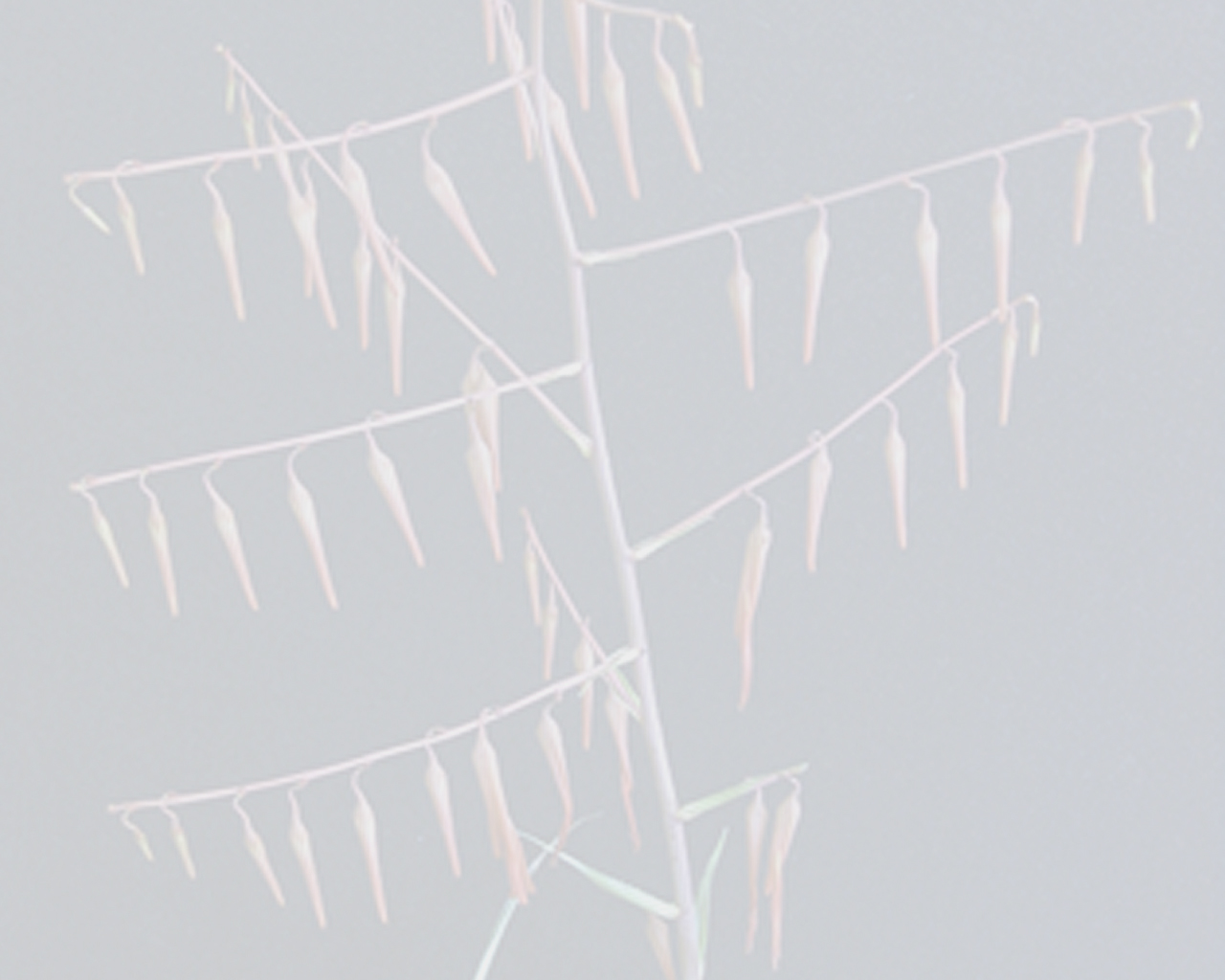

 Pepinia verrucosa E.Gross[as Pepinia verrucosa E Gross]
Pepinia verrucosa E.Gross[as Pepinia verrucosa E Gross]Diagnose: —Similis est Pepiniae carnoso-sepalae (RAUH & GROSS) LUTHER, sed differt ab ea in characteribus sequentibus: Pars similis pediculo foliorum 80 cm, non 20 cm longa. Laminae tantum 7,5 cm, non 12 cm latae, supra fusciores virides et costatae, non clarae virides et ad marginem paulum undulatae, de pediculo paulatim latiores. Scapus fusce-lanosus lepidotus, non albus lepidotus. Bracteae scapi omnes longiores quam internodia. Pedicellus et sepala clare verrucosa et clare rubra usque ad flave-rubra et fusce lepidota, non cinnabarina et albe lepidota. Basis florium 1,5 cm non 1 cm in diameter. Pedicellus 5 mm, non 3 mm crassus. Petala flava , non carmesina; ligula triangule-acuta, non obtuse-dentata. Observations: —Close to Pepinia carnoso-sepala, (Rauh & Gross) Luther but differs in the following characteristics:
Stem section of the leaf 80 cm, not 20 cm long. Blade only 7,5 cm, not 12 cm wide, upper side dark green and clearly grooved, not light green and some undulation at the edge, the stem gradually wider. Scape brown-woolly lepidote, not white lepidote. Scape bracts all longer than the internodes. Pedicels and sepals clearly verrucose and light red to yellowish red and dark brown lepidote, not cinnabar red and white lepidote Base of the flower 1,5 cm, not 1 cm in diameter. Pedicels 5 mm, not 3 mm thick. Petals yellow, not carmine red; Ligula triangular-acuminate, not blunt toothed.
Day flowering; the flower is erect to spreading at anthesis, but post floral strongly bent over and densely adjacent to the rhachis.
Pepinia verrucosa is in the complex with P. fulgens but differs from this through the scapebracts that are all longer than the intemodes, the pedicels are 1-2 cm long, not 5-10 mm. The sepals are ecarinate and verrucose. The petals are yellow, not red and white edged.
Pepinia verrucosa, P. carnoso-sepala, P. harlingii (L B Smith) Varadarajan & Gilmartin, P. corallina (Linden & Andre) Varadarajan and Gilmartin, P. fulgens and P. alexandri Luther all have low-lying-rising to low-lying inflorescences. In cultivation P. corallina, P. carnoso-sepala and P. verrucosa flower almost at the same time, regularly every year in ( January) February (March).
;Translated by Butcher (16-11-2014) from: Gross 1997. (protologue) Bromelienstudien (Mitteilung 23). I. Neue und wenig bekannte Arten aus Peru und anderen Lšndern .